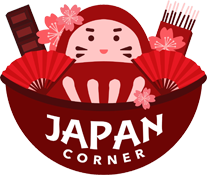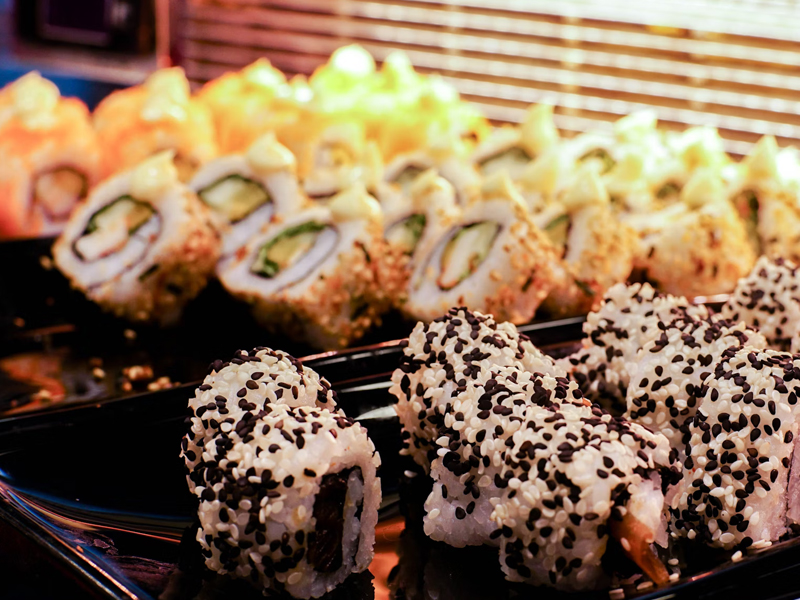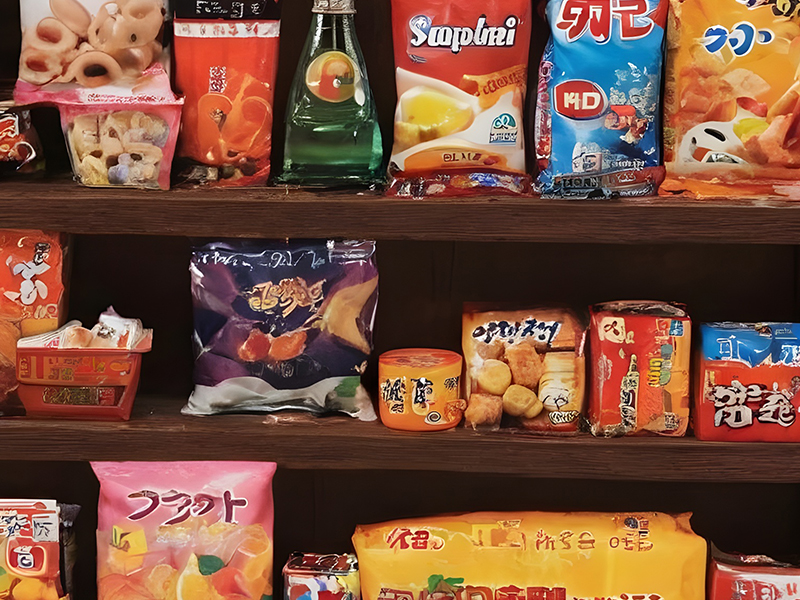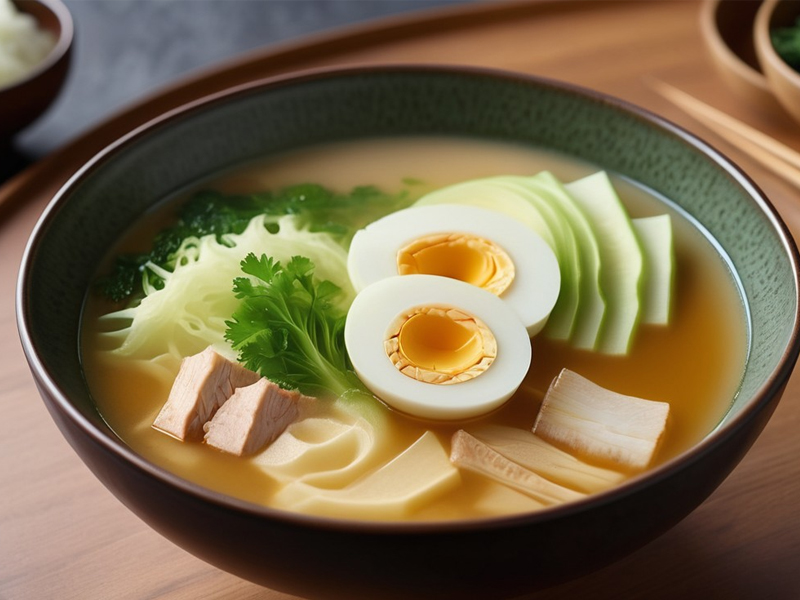Japanese snacks hold a unique place in the world of culinary delights, offering not only delicious flavors but also intriguing insights into Japanese culture. Here are some fascinating facts about these beloved treats:
- Origins in Tea Culture: Many traditional Japanese snacks have roots in the country’s tea culture. For instance, “arare” or bite-sized rice crackers were initially created as a snack to accompany tea ceremonies. These small, crunchy morsels come in various shapes and flavors, reflecting the diversity of Japanese culinary traditions.
- Seasonal Sensibilities: Japanese snacks often reflect the changing seasons, with special flavors and ingredients tied to specific times of the year. For example, during the cherry blossom season, it’s common to find snacks flavored with sakura (cherry blossom) essence, imparting a delicate floral aroma. Similarly, autumn brings treats infused with flavors like sweet potato or chestnut, celebrating the harvest season.
- Innovative Packaging: Japanese snacks are not only delicious but also known for their creative packaging designs. From whimsical characters to sleek minimalist aesthetics, the packaging adds an extra layer of appeal to the treats. Some snacks even come with DIY elements, allowing consumers to enjoy the process of assembling or decorating their snacks before indulging.
- Health-Conscious Options: In recent years, there has been a growing demand for healthier snack options in Japan. As a result, many snack manufacturers have started incorporating nutritious ingredients like seaweed, edamame, and nuts into their products. Additionally, there’s a trend towards reduced sugar and salt content, catering to health-conscious consumers without compromising on taste.
- Regional Specialties: Just like Japanese cuisine, snacks also have regional variations, with each prefecture boasting its own specialty treats. For example, Hiroshima is famous for its “momiji manju,” maple leaf-shaped cakes filled with sweet red bean paste, while Hokkaido is known for its creamy milk-flavored snacks. Exploring these regional specialties is not only a culinary adventure but also a journey through Japan’s diverse cultural landscape.
In essence, Japanese snacks are more than just food—they’re a reflection of Japan’s rich culinary heritage, seasonal traditions, and innovative spirit. Whether you’re enjoying them as a quick bite on the go or as part of a traditional tea ceremony, each snack tells a story of craftsmanship, creativity, and cultural pride.




